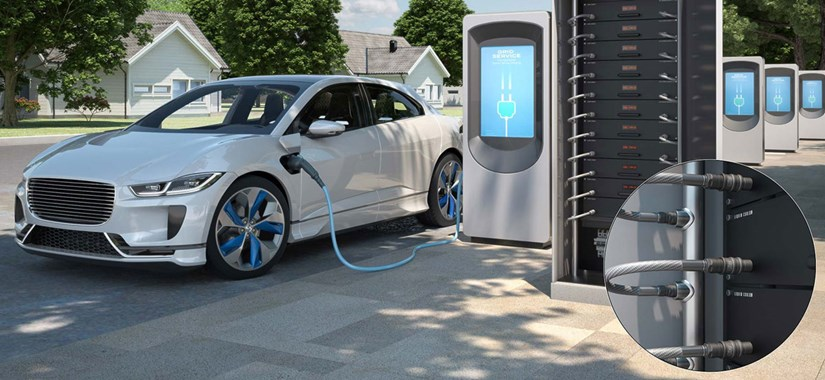The U.S. government is targeting the purchase of 9,500 electric vehicles (EVs) in the 2023 budget year. This marks a significant increase from the prior year’s acquisitions, almost three times more. However, the agencies are facing challenges due to supply issues and higher costs. Nevertheless, they remain committed to achieving a more sustainable fleet.

By 2035, the government aims to have a 100% electric fleet, an ambitious but increasingly feasible goal. As EV costs decrease and charging infrastructure expands, this transition becomes more attainable.
Car companies are also embracing electric vehicles. For instance, Jaguar Land Rover plans to become an all-electric brand by 2024. Major automakers like General Motors and Ford are also heavily investing in EV development.
As EV demand rises, more car companies are expected to shift towards electric vehicles, leading to reduced greenhouse gas emissions and improved air quality.
A report by Wood Mackenzie predicts that by 2040, there will be 323 million electric vehicles on the roads, a significant increase from the current estimate of around 10 million. This growth is fueled by factors such as government incentives, technological advancements, and growing environmental awareness.
Transitioning to electric vehicles poses a major challenge but is crucial for curbing greenhouse gas emissions and enhancing air quality. With substantial investments in EV development from the U.S. government and major car companies, progress in this transition is accelerating. The future promises further advancements as the demand for EVs continues to surge.
BillionElectric raises $10 million to accelerate e-mobility adoption in India
